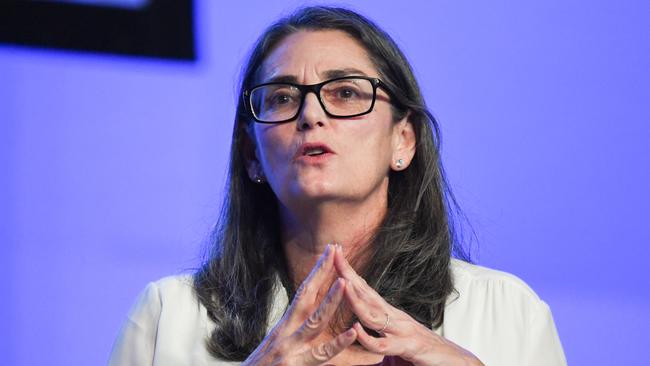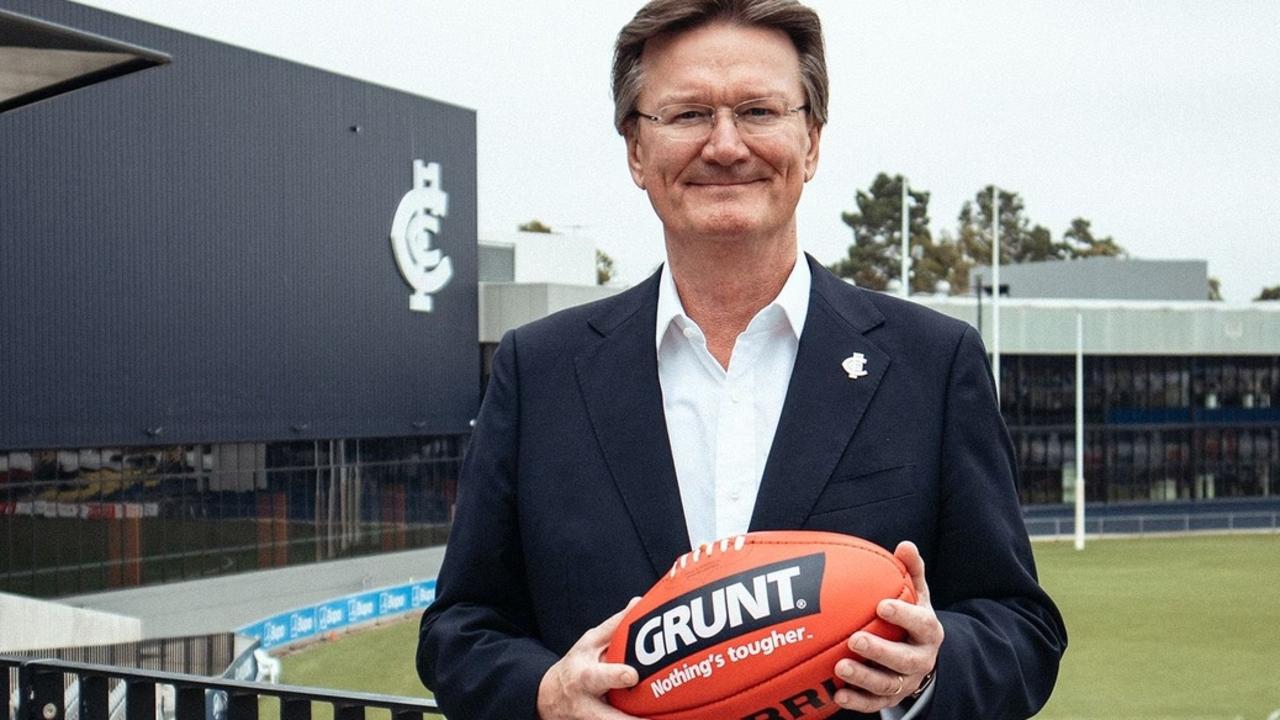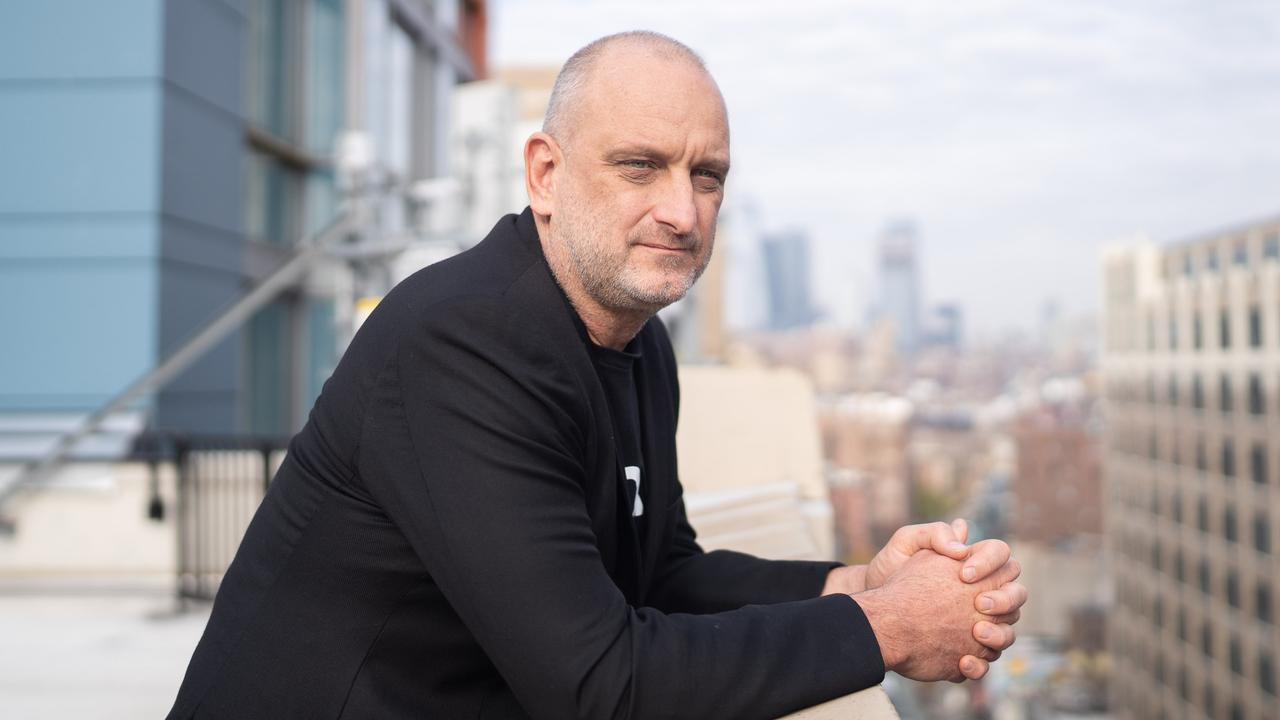2019 CEO Survey: Catherine Tanna, Energy Australia
The best investment we can make is finding ways for business and government to work together again, says Energy Australia boss.

Every year The Australian’s John Durie asks some of the biggest names in Australian business five key questions about what’s coming in the year ahead.
READ MORE: John Durie’s 2019 CEO Survey.
How is your company affected by low-interest rates and what is needed to boost the economy?
Over time we have reduced our investment hurdle rates based on the theoretical cost of raising capital. But hurdle rates have not come down as much as some may think, because risk has increased. A decade ago, interest rates were high relative to today and confidence was high. China was booming, and political intervention was less common. The world was pump-primed with cash, and big projects got built. Some $60bn alone went into the east-coast coal seam gas industry. Investment is still there, but it’s patchy, and the gap in investment between the private sector and the public sector has contracted.
Our political system and our economy have stopped working the way they once did; that’s at least partly why investment is where it is. The best investment we might make is finding ways for business and government to work together once again. That might make all the other investments possible. When the economy is working as it should, business invests and takes on the risk, so taxpayers don’t have to.
What is the impact of government regulations on your company, including those applying to the financial sector?
The velocity of regulatory change in the energy sector – the volume and variety – is mind-boggling. In 2019 we made a submission on one regulatory change or another about every three days. Of course, the changes are well-intentioned and come from a good place, but they don’t always fully consider the cost and impact to the business, and then the customer. The more time spent responding to these changes, the less time and resources we have available to invest in products and services. When we’re aiming to build an affordable, sustainable and reliable energy system – and do it as swiftly as possible – every dollar matters. Perhaps we could reset the approach to how regulation is set up and introduce a test that any change must reduce cost and complexity for customers, or else it’s back to the drawing board.
What percentage of company revenues are spent on research and development, and how is your company using technology to improve performance?
Overall, it’s less than 1 per cent, but that’s only what’s recorded for the purposes of meeting our tax reporting obligations. In practice, our investment in developing and testing new technologies for customers is significantly greater. For example, our NextGen business has one job – to develop the products and services that our customers will need and want in a modern energy system. The team has already delivered over 50MW of demand response, brought to market a smart battery storage system for households and launched a new platform – On by EnergyAustralia – to trial new products and services, starting with electricity offers that work like mobile-phone plans.
We’ve partnered with Startupbootcamp on an international accelerator program that brings to life smart energy ideas from around the globe to help customers save money and protect the environment. We’ve also been exploring new generation technologies like pumped hydroelectricity from seawater and energy recovery, which uses non-recyclable waste, in a specifically designed boiler to create steam without burning additional coal. Today we already have the largest grid-scale battery portfolio of any retailer in Australia.
Not every new technology will have a place in a modern system, but we’re excited about the clean energy transition, and we’re willing to test and learn. All the pieces of the puzzle are there: we see a system based on wind and solar power, supported by residential and commercial battery storage, demand response, intelligent energy management systems, waste-to-energy projects and pumped hydro, backed-up by gas-fired generation.
The question is how we put the pieces together to create a new reliable and cleaner energy system for Australia – and do it at least cost. That’s our challenge, and it’s why in the past five years, EnergyAustralia has evolved from an energy utility to a solver of energy problems. It’s a fundamental shift in how we operate and the approach we take to serving customers and growing our business.
What are the three major policy issues facing the country and what should be done about them?
● Energy policy: W e need to get better at planning the retirements of big coal-fired power plants. Hazelwood showed why that’s important.
● Diversity and inclusion: There’s always more that can be done and needs to be done as our society broadens. I passionately believe people can flourish when they’re given opportunities.
● Restoring confidence: It feels like trust in the political system, in business and our other institutions has never been tested as greatly as it is now. Good leaders must step up and do the right thing – the key word is “do”, and that means acting in ways that earn trust. That’s what it means to be trustworthy.
There’s a strong argument that the experience of the past few years in energy shows that stable policy matters more than reforming policy. Delivering energy policy that effectively balances affordability and reliability as we transition to lower emissions is critical. To do that, we must learn from the past and properly understand the problem we are solving. For example, a key outcome of the COAG Energy Council was a review of the reliability standard. How it’s done requires careful consideration. More than a decade ago governments adjusted network reliability standards in Queensland and New South Wales. In the following years, network costs skyrocketed, and the poles and wires distribution companies were accused of gold plating. Governments, industry and importantly, our customers, can’t afford for history to repeat.
What are the major impediments to long-term growth facing your company and what can or is being done about them?
To grow, businesses need ready markets, abundant resources such as human capital and money, and cost-effective sources of energy. In our case, the availability of capital is good right now, while competition for talented, values-driven people is always intense. We think we get more than our fair share of good people, though. Contributing to the clean energy transition is a draw for our employees. Energy itself, however, is a challenge. Retail competition is intense, wholesale markets remain volatile, and the velocity of regulatory change has been mind-boggling. In Australia, and internationally, we’re seeing more government intervention and subjective decision-making in laws and regulation. Commercial risk hinges on understanding the rules and playing within them. But this constant shifting of goal posts has eroded the appetite of companies to invest. Now the risk lies in legislation which is vague and is passed quickly, with less review and consultation and produces unintended consequences.
Markets can deliver, but not when governments cannot collectively say what they want.
When the economy is working as it should, business invests and takes on the risk, so taxpayers don’t have to. Ultimately, the best investment we might make is finding ways for business and government to work together once again. Business and government are partners. Or, put another way, if Australia were a new-build house, governments are the architects, and business is the building contractor. Governments need our help; otherwise, they will retreat, centralise decisions and grasp for solutions. Investing in that relationship might make all the other investments possible.



